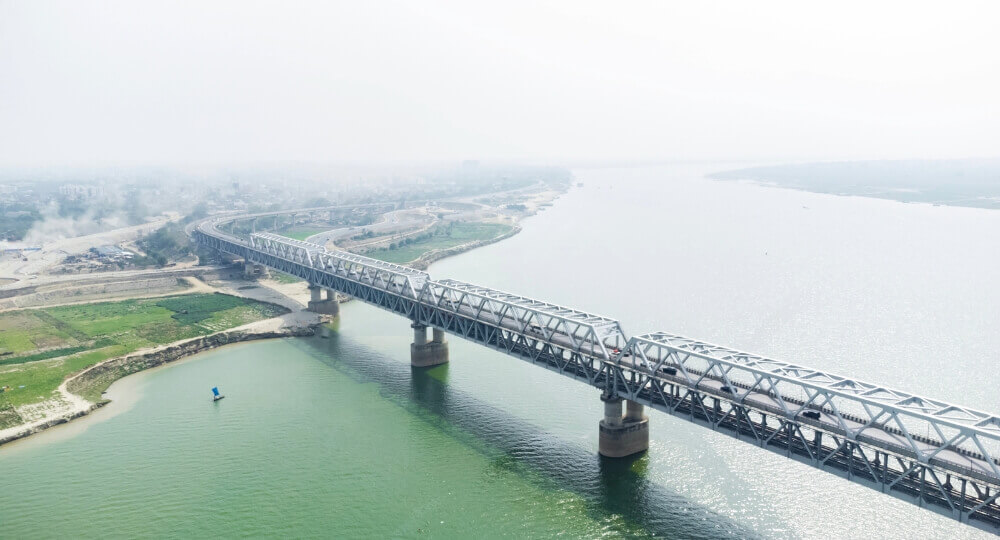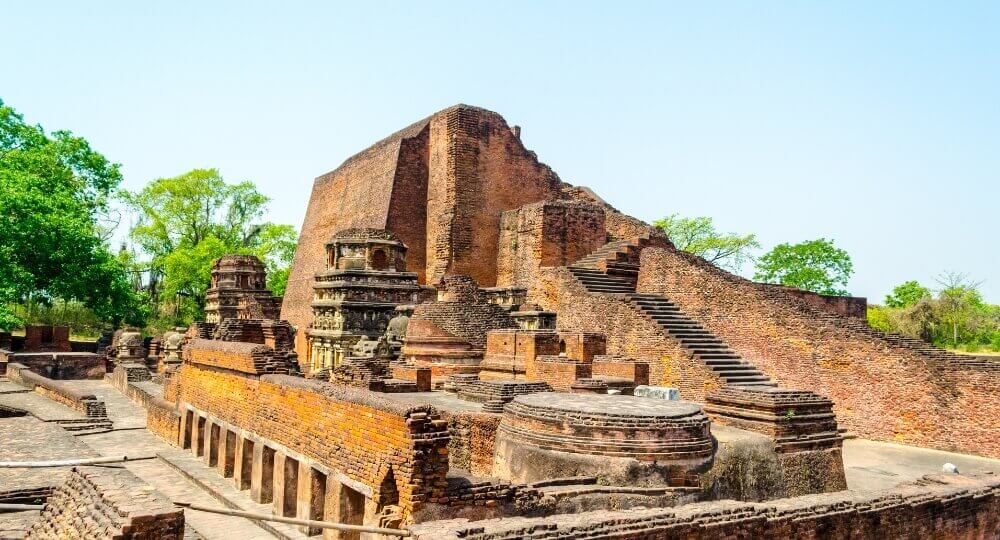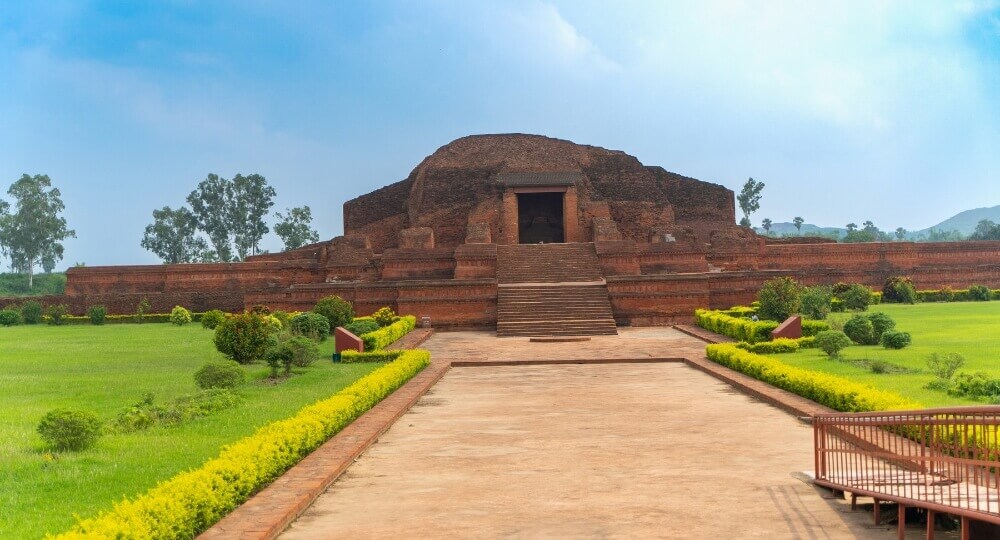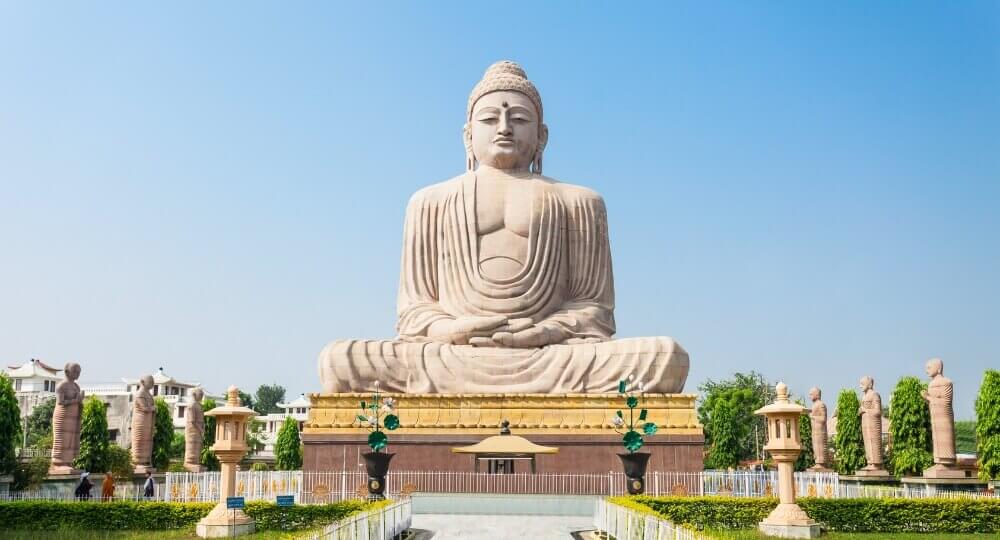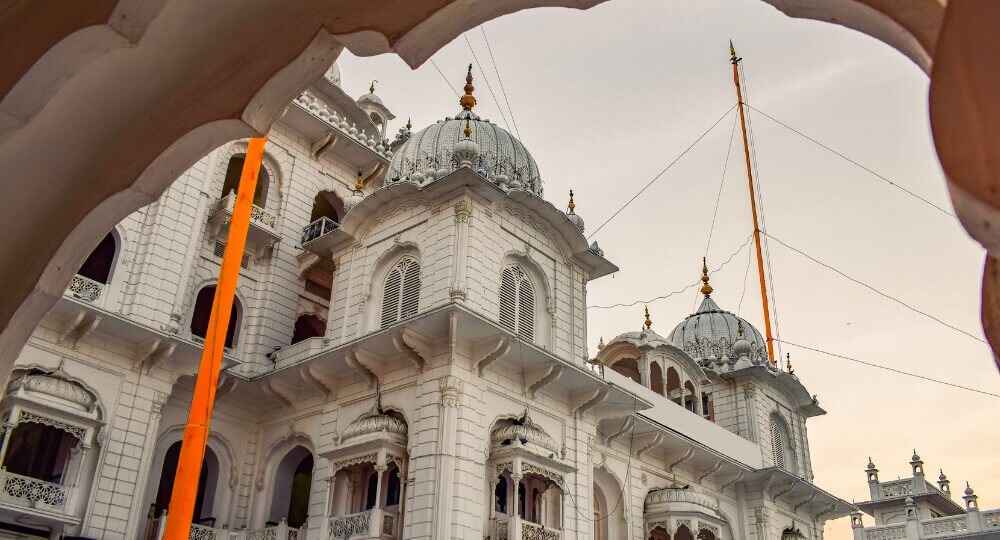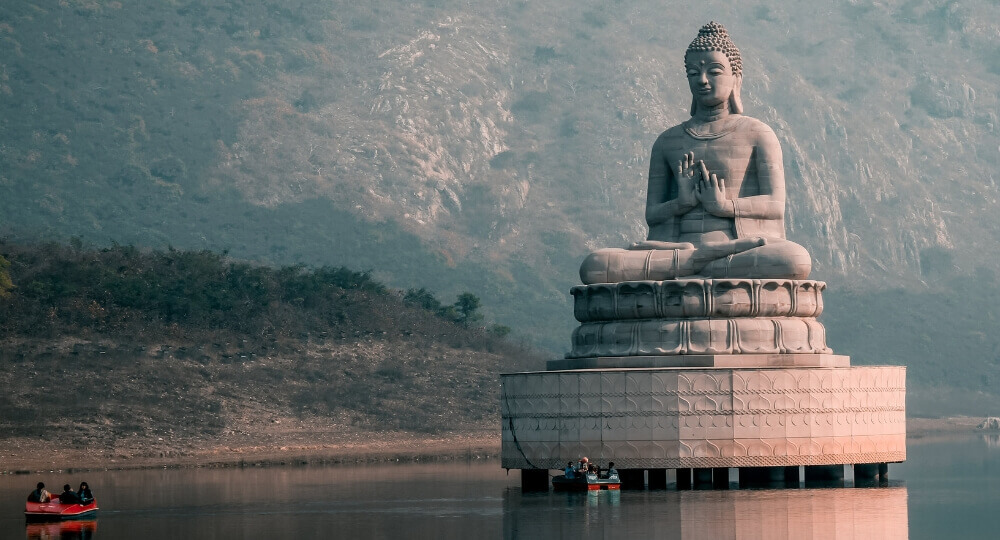Tour Packages
Bihar Tour Packages
SUPER DEAL PRICE
STARTS FROM
per person on twin sharing
ATMs available in cities, limited in rural areas.
Credit cards widely accepted in urban Bihar areas.
Cities have more banks, while villages have fewer.
The legal drinking age in Bihar is 21.
Bihar locals are known for their warm hospitality.
Bihar - Visitors Statistics

Annually
4,98,00,000
Male51%
Female49%
By Purpose
Couples
For Newlywed Vacations
Family
For Family Vacations
Top Tourist Attractions
Bodh Gaya
Nalanda
Vaishali
Rajgir
Sonepur Mela
Barabar Caves
Madhubani
Patna Sahib Gurudwara
Everything You Need to Know About Bihar
India is filled with stellar holiday destinations. However, some places are often overlooked as a holiday choice simply because their touristic charm hasn’t been explored yet. Bihar is one such destination.
Bihar offers a combination of natural landscapes, historical monuments, religious sites, delectable food, and abundant wildlife. While litti chokha is emblematic of the state, with GT Holidays’ Bihar tour packages, you will explore so much more. If you’d like to dive deep into Bihar’s history, culture, cuisine, tourist attractions, shopping scenes, and activities available, message us on Instagram – we’ll curate a personalised itinerary for you.
FAQs:
Book Your Dream Vacay Today!

